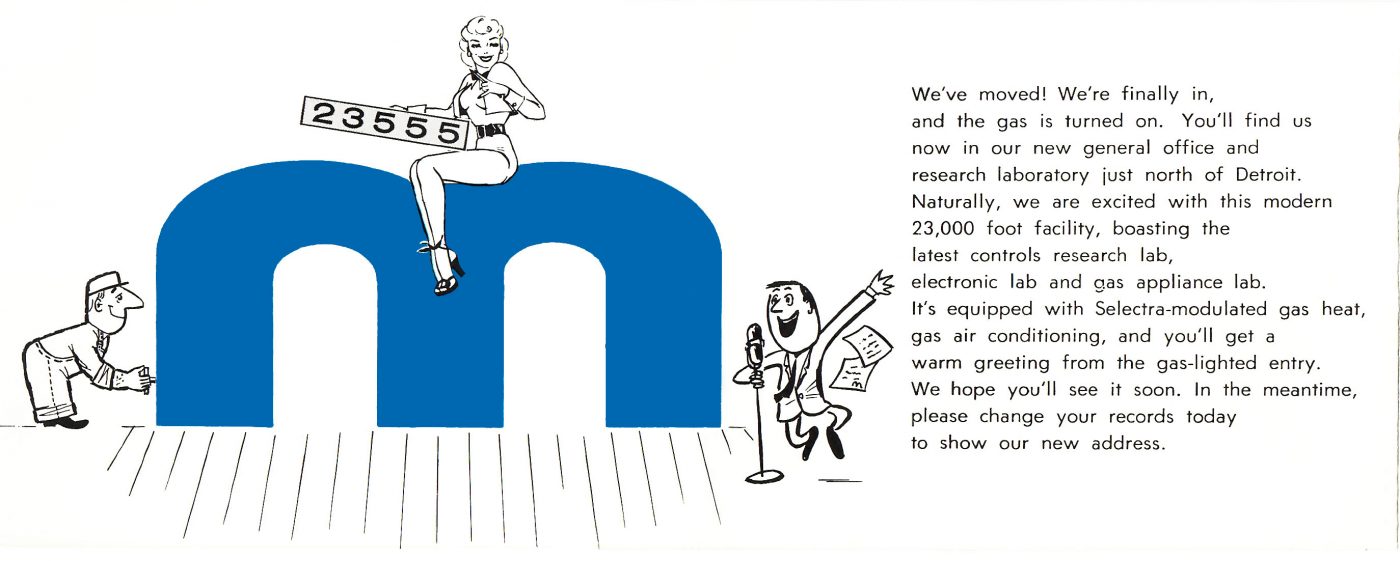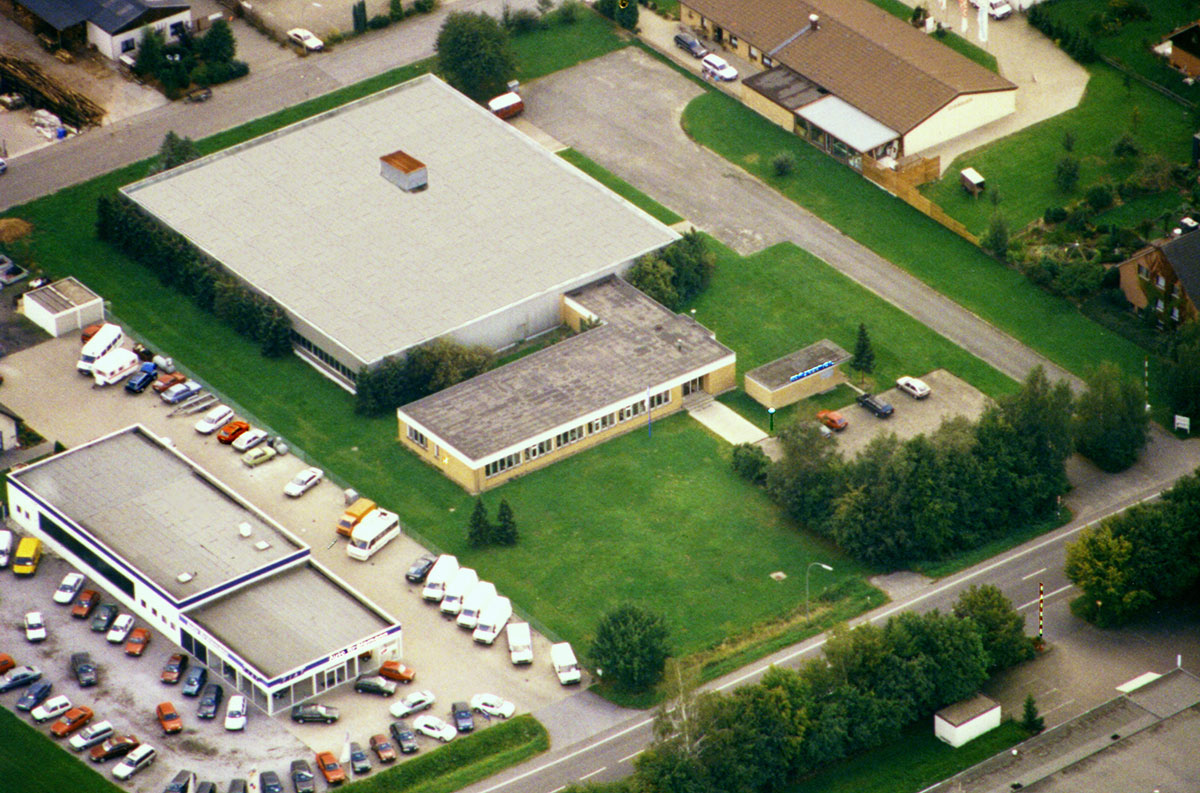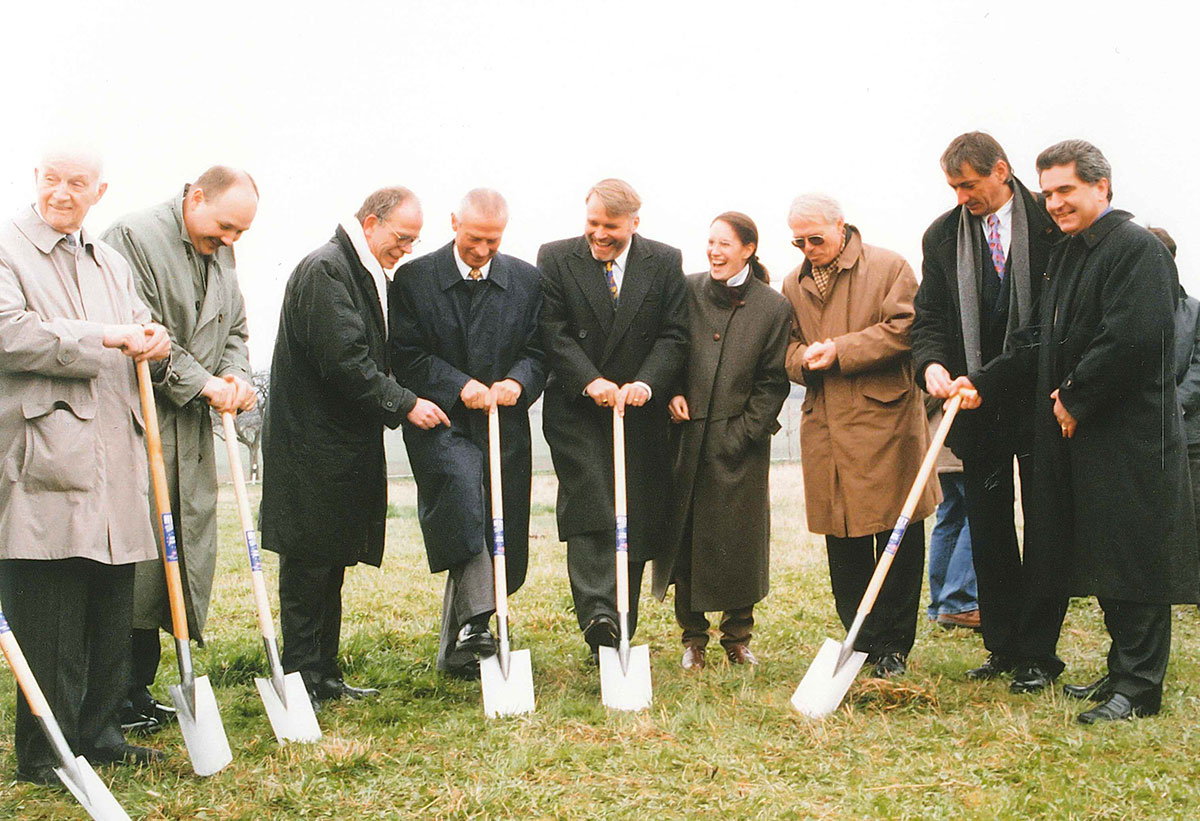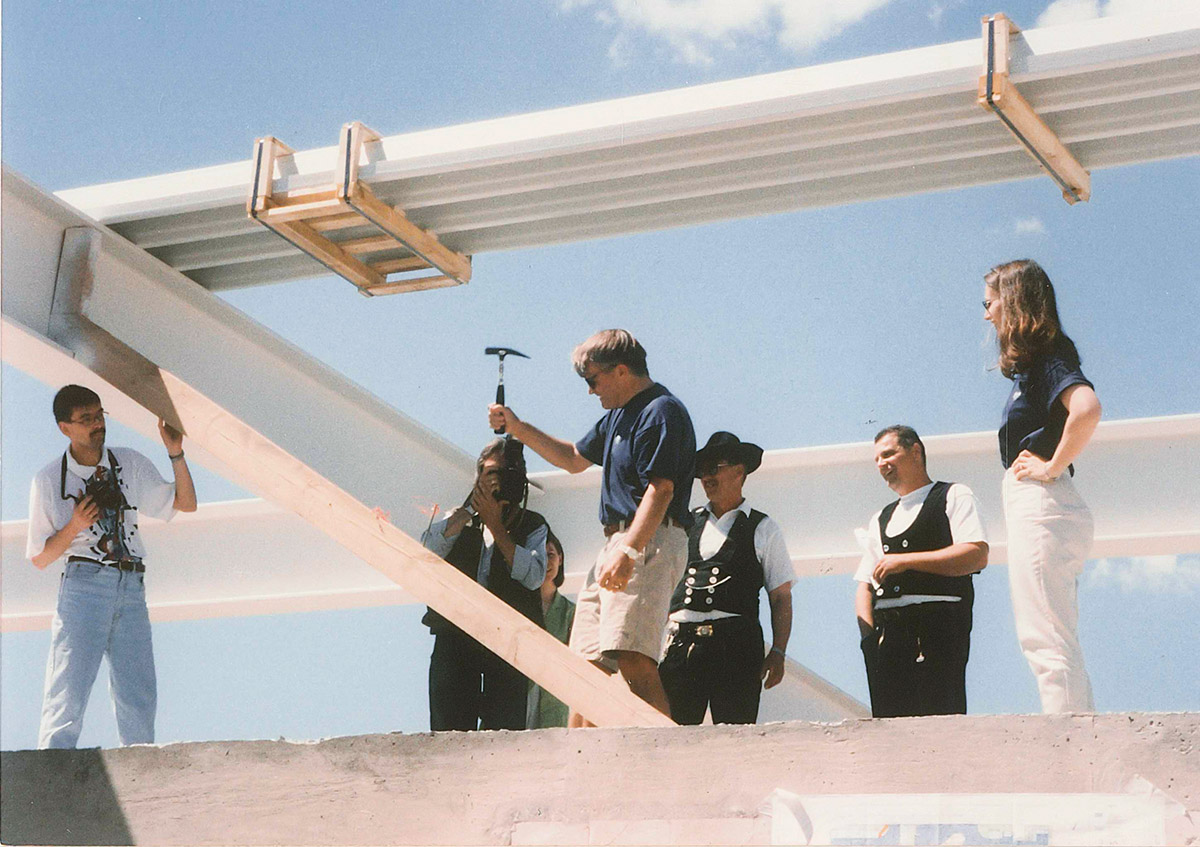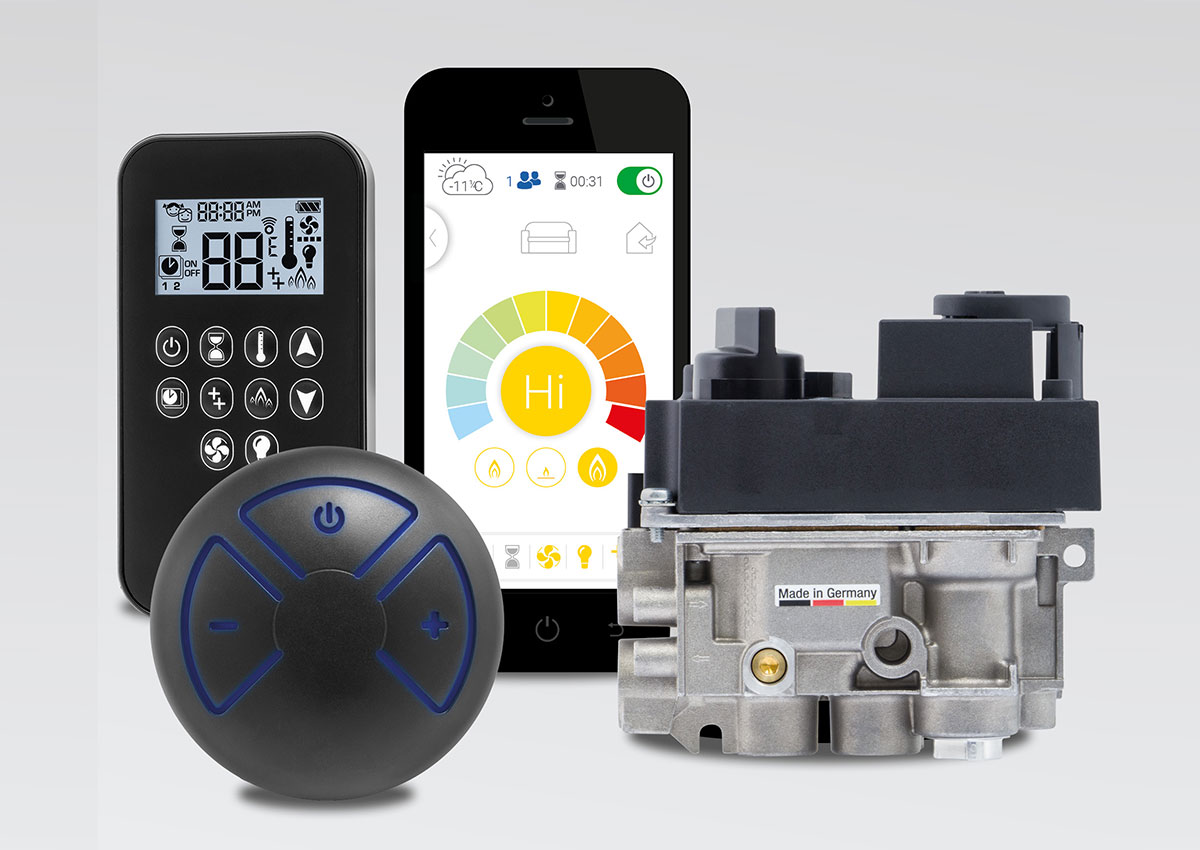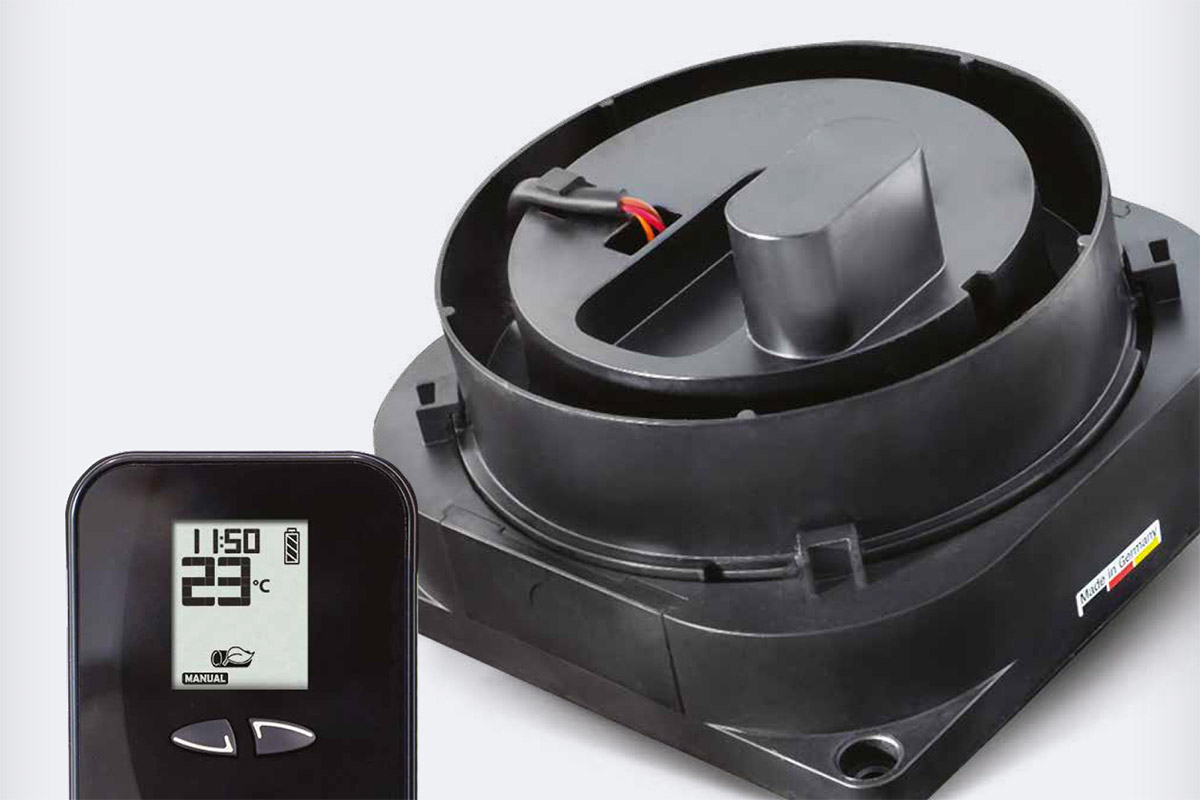75 YEARS OF MAXITROL
Company Anniversary
This year Maxitrol celebrates its 75th anniversary. Join us as we take a look at the most important events in Maxitrol’s history. From 1946 through today, Maxitrol has kept a tradition of innovation and quality to become an internationally recognized leader in gas pressure regulators/governors, electronic gas modulation systems, combination gas control valves, and gas safety devices.
1940s
-
1946: Frank Kern Jr. purchased Detroit Regulator Co. in 1946. At that time the company was a small machine shop producing a line of gas pressure regulators, model airplane engines, and servicing the local auto industry.
-
1948: Detroit Regulator Co. is awarded a patent for its Straight-Thru-Flow (STF) regulator design. This was the first significant pressure regulator design improvement in more than a century. The new regulator was given the name of “Maxitrol” (Maximum — Control).
1950s
-
1953: In August 1953, the company’s name was changed to Maxitrol Company to reflect its growing emphasis on gas pressure regulator production.
-
1954: The new poppet design regulator was introduced. The poppet regulators were designed primarily for main burner and pilot load applications.
-
1956: To meet the increasing demand for the new regulators, production was moved to Colon, Michigan.
-
1959: Selectra electronic gas flame modulation system is developed.
1960s
-
1960: The Maxitrol company moves its headquarters from its original location in Detroit, Michigan to a larger, modern facility in Southfield, Michigan.
-
1961: To meet the growing demand for the new range of regulators, Maxitrol adds a manufacturing facility in Blissfield, Michigan.
-
1962: Maxitrol introduces a new balanced valve regulator series. The balance valve design makes it possible to maintain steady outlet pressure control with widely varying inlet pressures.
-
1965: Maxitrol enters the European market with the founding of Maxitrol Company mbH in Senden, Germany.
-
1966: Maxitrol develops the 325 series of lever-acting design regulators. The regulators are capable of precise control from full flow down to pilot flow on residential, commercial, and industrial applications.
1980s
-
1989: Paktronics Controls, Inc is formed in Fort Worth, Texas to design, produce, and market electronic temperature controls.
1990s
-
1993: In 1993, Maxitrol increased its European presence by partnering with Mertik Regelungstechnik –formerly called Steinle & Hartung –located in Quedlinburg, Germany.
In the early 20th century, Steinle & Hartung was known for designing and manufacturing temperature controls for the heating and cooling industries. The partnership was the founding of Mertik Maxitrol GmbH & Co. KG. -
1994: The SENTRY GT thermally activated safety shut-off device for natural gas installations is introduced. SENTRY GT was quickly embraced by the natural gas industry and puts the company on an important track for growth.
In July 1994, the first GV30 combination gas control valve is certified. It was originally developed for use in space heaters, but over the course of time, has evolved into a comprehensive line of gas valves used to control pilot and main burners. Applications now include gas fires, ovens, griddle plates, deep fryers, storage heaters, and agricultural heaters, the world over.
-
1997: In the spring of 1997, Mertik Maxitrol broke ground for its new production and office facility in Thale, Germany. The new facility consists of 47,000 square foot (4,300 m2) production hall and 14,200 square foot (1,300 m2) offices.
In August 1997, the German builder’s traditional Richtfest was celebrated. The framework of the building is finished and at the Topping Party (half-way point) the owner puts the “last nail” in the roof, the workers sign a roof beam, and a colorful wreath is placed on top of the house or building.
The company develops the SENTRY GS excess flow valves (EFVs). These valves shut off the gas flow when a predefined flow rate is reached. The SENTRY GS EFVs to date have been used successfully in millions of underground gas service lines and residential installations throughout Europe.
- 1998: In March of 1998, the new production and office complex is opened.
The company introduces the GW40 Series of combination gas-water controls. The GW40 was designed for use in instantaneous gas water heaters.
2000s
-
2000: The SENTRY GM gas manifold for residential installations was introduced.
Maxitrol Company purchases the CV series combination gas control valves and a line of gas pressure regulators from SCP. -
2001: As sales grew throughout the United Kingdom, Mertik Maxitrol opened a new sales office in Abercynon U.K to meet demand in the spring of 2001.
-
2002: Mertik Maxitrol commemorates the 125th Anniversary of the original founding of Steinle & Hartung — the precursor of Mertik Maxitrol.
-
2003: The GV60 battery-powered electronic remote ignition and control system is developed for gas appliances with pilot burners and ODS systems.
- 2007: Mertik Maxitrol announces a new generation of SENTRY GS excess flow valves ‑Type H for in-building usage.
-
2009: Maxitrol Company introduces the EXA series, the next generation of modulating gas control valves.
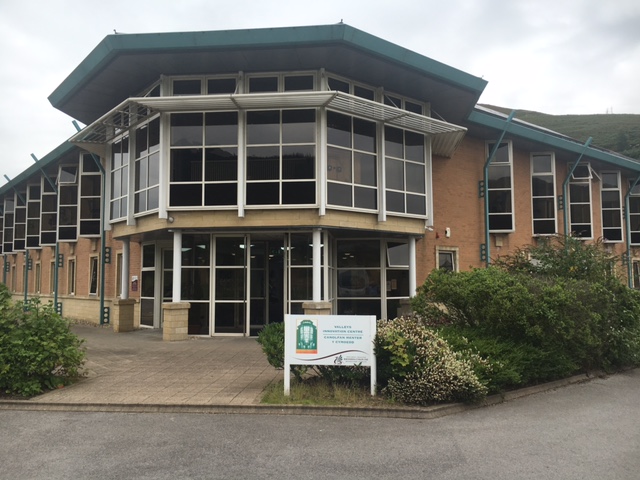
Maxitrol Office Abercynon, UK
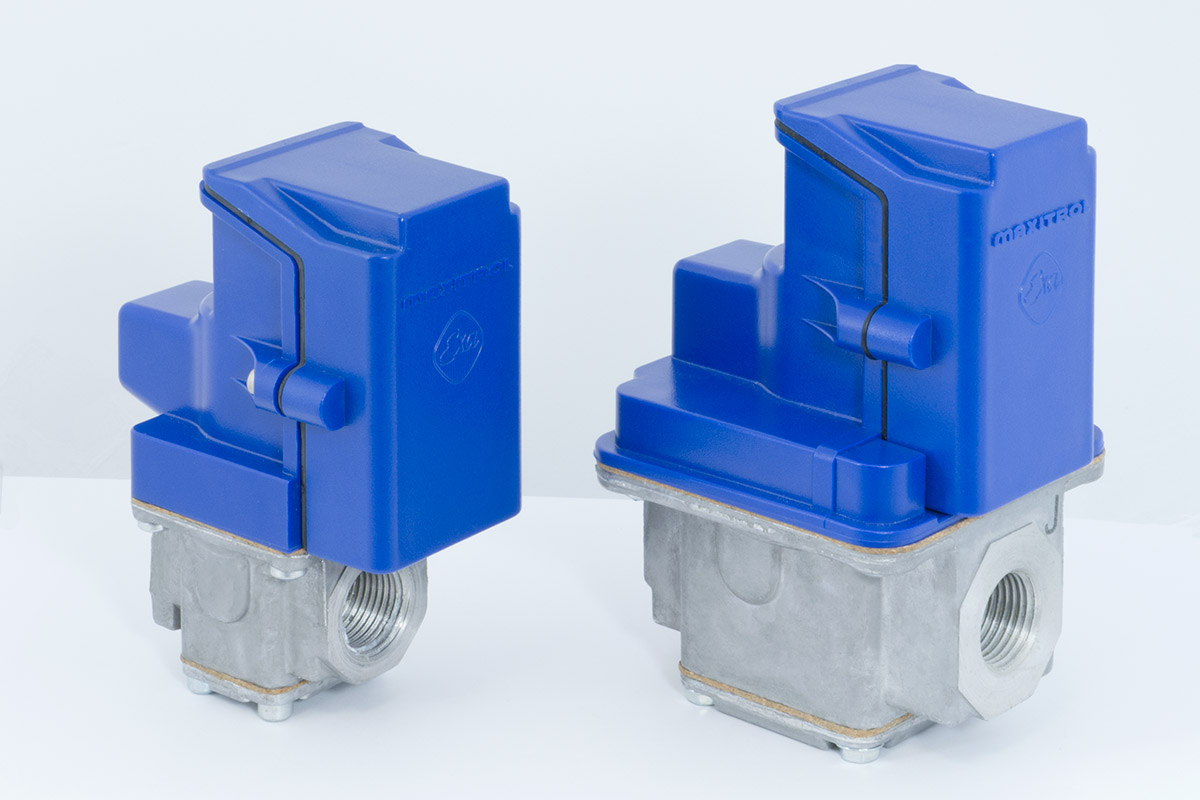
EXA Series Modulating Gas Control Valves
2010s
-
2011: The new GV30A series gas control systems are developed to suit a wide range of commercial cooking appliances.
-
2013: The SYMAX remote handsets are developed for the GV60 control system.
Maxitrol introduces the E‑Flame automated control system for use on combustion air in wood and solid fuel stoves. -
2016: The myfire app is introduced to work in conjunction with the GV60/Symax system for gas fires. With this, Maxitrol enters into the age of smart home technology.
Present/Today
- 2020: Maxitrol Company merges Mertik Maxitrol into its corporate organization as a subsidiary. Mertik Maxitrol is renamed Maxitrol GmbH & Co. KG.
Going forward, the companies will all be known worldwide as Maxitrol Company. All entities will continue to advance the same corporate philosophy and values and strive to deliver the same great products, technology and services.






